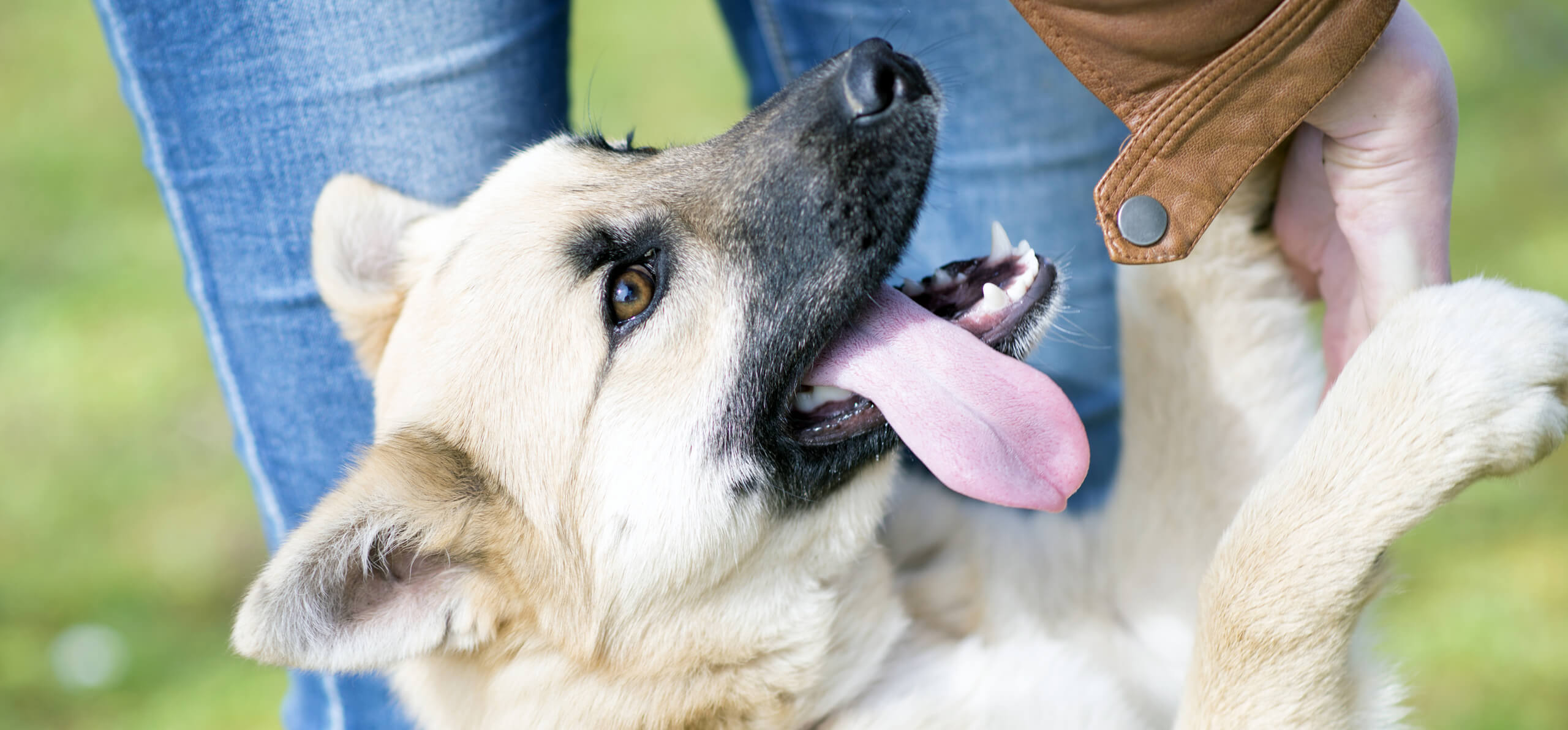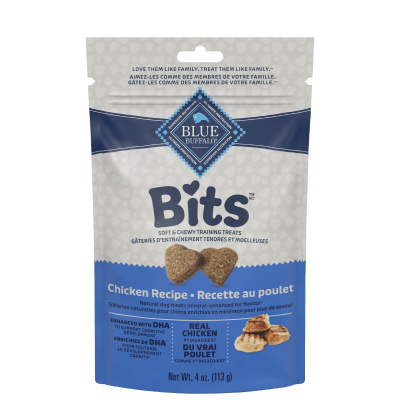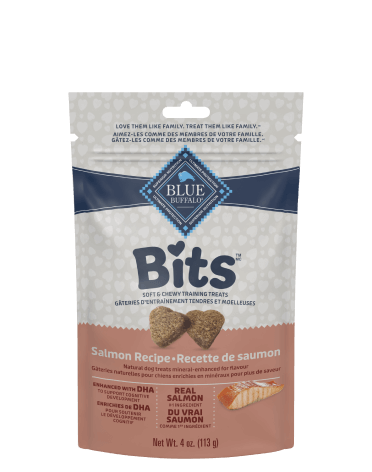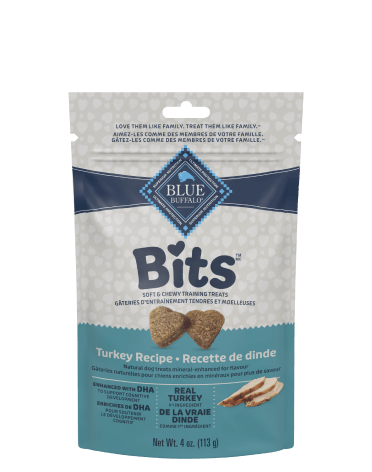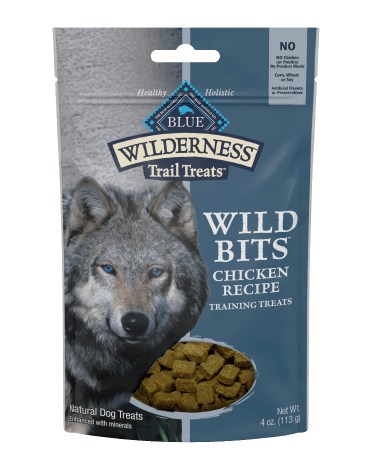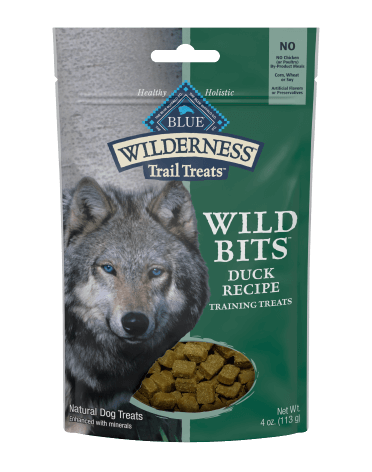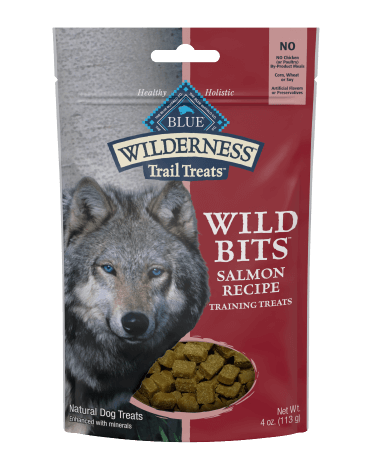Training works best when it feels like playtime. Think of each session as a chance to bond with your pup while helping them learn new skills. Shower them with praise, affection, and tasty treats so they connect every command with happy moments. Keep your tone upbeat and encouraging, and your little buddy will build confidence, enjoy the process, and be eager to try again and again. The more fun and rewarding you make it, the stronger your connection will grow — and the faster those commands will stick.
Commands to Teach your Dog
How to Train a Puppy to Sit
Your puppy needs to learn that specific words you say are tied to specific actions. “Sit” is one of the most basic and important commands, so it’s a good place to start.
Hold a treat close to your puppy’s nose and let them follow it with their head as you move it from side to side. Then slowly lift the treat upward, encouraging their head to tilt back. This will naturally cause their bottom to lower into a sitting position.
As this happens, say the word “sit” and reward them with lots of praise and the treat. Once your pup masters this command, remove the treat from the equation and repeat “sit” until they have the action down pat.
Pro tip: Many Pet Parents use a hand gesture to maintain a visual cue once the treat is gone. If your puppy has trouble following the command without a visible treat, start overusing a gesture as well.
How to Train a Dog to Stay
The “stay” command is important to teach patience and restraint, but it also serves as a good foundation for another command, “come.”
Face your puppy and tell them to sit. Place the palm of your hand near their face, say "stay" while stepping back. Repeat this until they understand, rewarding them every time they stay — even if it’s only for a few seconds.
As your pup catches on, move farther back so they get used to the greater distance between the two of you.
Pro tip: This is a self-control issue for canines, so don’t be discouraged if it takes a while. Curious puppies aren’t known for extreme restraint, so be prepared for lots of do-overs and have valuable rewards on hand.
How to Improve Dog Recall
The “come” command is useful as you get to know your pup and they get to know you. It’s an especially important command for them to master if they venture away or escape their leash.
First, leash your pup in a quiet, low-distraction environment. Indoors works best — but a quiet and enclosed area outside works well, too.
Hold the leash and kneel two to three feet away from your puppy. Tug the leash gently while saying, “come.” When your best pal gets to you, reward them with lots of praise and a treat. Repeat this step a few times before removing their leash.
Pro tip: The leash is there only as an initial guide to initiate the command. If you rely too heavily on your puppy’s leash, they might associate the word “come” with being pulled or punished.
How to Train Your Dog to Heel
According to the American Kennel Club, “heel” is meant to keep your dog walking by your left side — and a squeaky toy is the perfect lure. Stand next to your puppy with a small amount of slack on their leash. Put the squeaky toy in your right hand and cross your right arm over your body so the toy sits above their head.
Squeeze the toy to draw their attention and begin walking forward. If your pup pulls ahead or falls behind, simply say, “heel” and give the toy a squeak to bring their eyes back to you and the toy. Praise your puppy every time they come back and “check in” with you and the toy.
Pro tip: Many trainers substitute other words for “heel.” Whichever word you use, be consistent throughout the training.
Be patient as your pup learns these important commands. Remain calm, confident, and always be ready with praise, belly rubs, and healthy (and tasty) treats.
Remember, there are many different training styles — so find the one that works best for you and your little buddy. As always, ask for professional guidance when needed.

